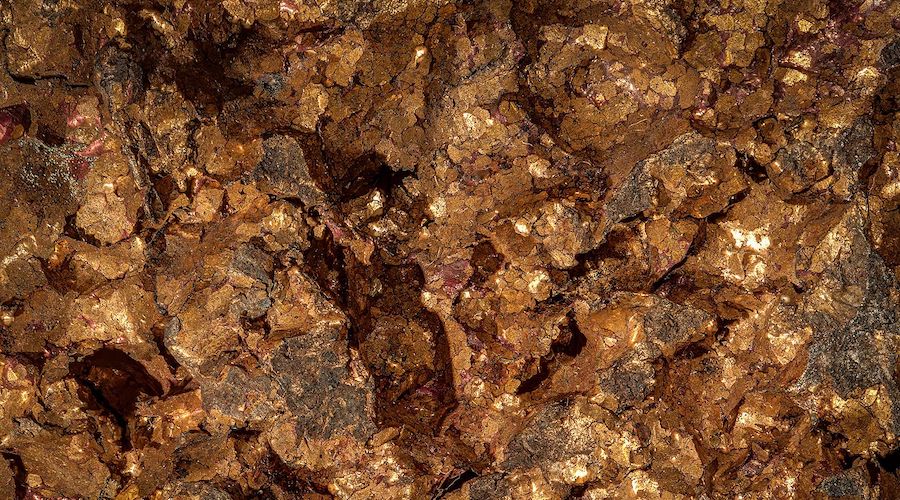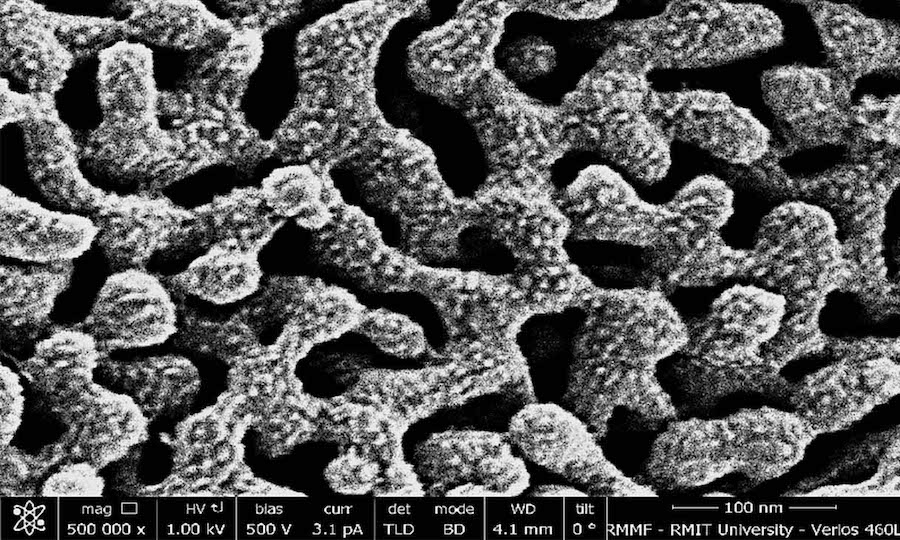
This will be hugely important in terms of medical safety. Leaching out the alloy produces a massive increwase in reactive surface area all of which makes the surface deadly to all forms of single cell life. The working surface is not just steralized, it is also steralizing. We do not really have that.
Devices made this way will need to be carefully used, just as we use the edge of a razor.
We can even use this as a food storage strategy, although that is likely too difficult. what we want to see are razor sharp scapels made from hardened leached copper. These would never work on anything other than flesh and always clean and unable to drag bacteria into a wound.
These could also be easily disposable as copper is easily recycled.
New copper product kills bacteria 100 times faster than standard copper
December 19, 2021 | 8:03 am
https://www.mining.com/new-copper-product-kills-bacteria-100-times-faster-than-standard-copper/
Researchers at Australia’s RMIT University and the national science agency CSIRO, have developed a copper surface that kills bacteria more than 100 times faster and more effectively than standard copper and that could help combat the growing threat of antibiotic-resistant superbugs.

“A standard copper surface will kill about 97% of golden staph within four hours,” Ma Qian, one of the scientists involved in the study, said. “Incredibly, when we placed golden staph bacteria on our specially-designed copper surface, it destroyed more than 99.99% of the cells in just two minutes.”
According to Qian, the 120-times faster effectiveness rate was achieved without the assistance of any drug.
“Our copper structure has shown itself to be remarkably potent for such a common material,” he said.

The copper magnified 500,000 times under a scanning electron microscope shows the tiny nano-scale pores in the structure. (Image by RMIT University).
Qian and his colleagues believe there could be a huge range of applications for the new material once further developed, including antimicrobial door handles and other touch surfaces in schools, hospitals, homes and public transport, as well as filters in antimicrobial respirators or air ventilation systems, and in face masks.
The team is also looking to investigate the enhanced copper’s effectiveness against SARS-CoV-2, including assessing 3D-printed samples.
In a paper published in the journal Biomaterials, the group explained that a special copper mould casting process was used to make an alloy, arranging copper and manganese atoms into specific formations. The manganese atoms were then removed from the alloy using a cheap and scalable chemical process called “dealloying”, leaving pure copper full of tiny microscale and nanoscale cavities on its surface.
“Our copper is composed of comb-like microscale cavities and within each tooth of that comb structure there are much smaller nanoscale cavities; it has a massive active surface area,” lead investigator Jackson Leigh Smith said.
Smith pointed out that the pattern also makes the surface super hydrophilic, or water-loving, so that water lies on it as a flat film rather than as droplets.
“The hydrophilic effect means bacterial cells struggle to hold their form as they are stretched by the surface nanostructure, while the porous pattern allows copper ions to release faster,” the researcher said.
Smith explained that these combined effects not only cause structural degradation of bacterial cells, making them more vulnerable to the poisonous copper ions but also facilitate uptake of copper ions into the bacterial cells.
“It’s that combination of effects that results in greatly accelerated elimination of bacteria,” he said.
Researchers across the world are looking to develop new medical materials and devices that could help reduce the rise of antibiotic-resistant superbugs. The reason for this – according to the scientific team behind the new copper surface – is that drug-resistant infections are on the rise, and with limited new antibiotics coming onto the market, the development of materials resistant to bacteria will likely play an important role in helping address the problem.
No comments:
Post a Comment